
Everyone likes to see a rare bird. Whether it’s new for your life list, country list, state list, or county list, a new bird is a joy, a blessing. But listing, especially in a limited geographical area, is a game of diminishing returns. After all, once you have checked a bird off of your checklist there is no checking it again (unless you are into year listing). What’s a motivated lister to do? Some folks who are really into listing figure out what birds they still need for their list that are still at least theoretically possible to see and come up with strategies to see them. They wait for the winds to be right for a lake watch, sea watch, or hawk watch. They put themselves in the lines of hurricanes. They get to migrant traps that are perfect under certain conditions at the time of year that their quarry is most likely to arrive. And, most importantly, they never stop searching.
Other listers turn to the dark side. They lurk on listservs, ogle eBird, follow Facebook, tempt themselves on Twitter. They wait for others to find birds and they chase them. That is, they twitch. Instead of seeking out their own discoveries they follow in the footsteps of others and seek out species already seen.
Now, don’t get me wrong. I might have been known to twitch. But the more I bird the less I feel the need to chase after other birder’s finds. I like birding my local patches and when I find the occasional mini-rarity it gives me far more of a thrill than seeing a bird in the company of dozens. Almost every birder has chased at least one bird at some point and that’s alright. But if you are exclusively chasing, constantly twitching birds others have found and not patch birding on the regular, not introducing others to birding, not contributing to conservation, you are not just failing birds and the birding community but you are, pretty much, a loser.
After all, the real winners in birding are the ones who find the rarities. They win the accolades and admiration. Everyone will remember from now until we all die that it was Matt Daw who found the Rufous-necked Wood Rail. But no one really cares about the twitcher who saw it. Even on a large scale, twitching is becoming less admired. Yes, birders still do Big Years in limited geographical areas but the ABA-Area Big Year, twitch-heavy affair that it has become, is less impressive now that the World Big Year has become a thing. If the world is your playing field the only rarities you might chase are rare on a global scale in that they are Critically Endangered, not dirt-common birds that wandered off course.
Twitchers consume vast quantities of fuel and contribute to climate change. They help perpetuate a not-very-flattering image of birding. And for every study about how much money a twitch contributes to a local economy – money that would probably have been better spent on something besides gasoline and fast food – I’ll show you a story about a brouhaha that erupted when misbehaving twitchers spoiled relations between local birders and their community.
So twitch less and bird local patches more. Lead walks for your local bird club or Audubon Society. Show kids birds. Volunteer for conservation organizations. Just ease up on the twitching, loser.






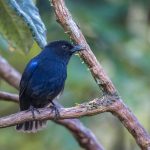
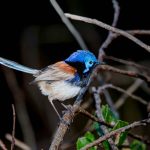
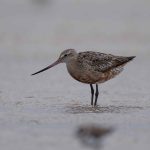
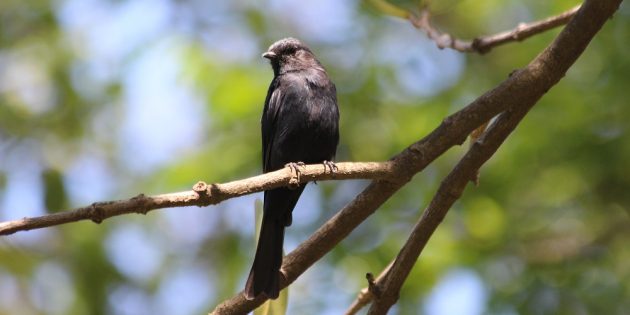

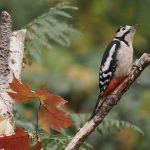
You are getting saturated after all these years of twitching. It is easy for you to write that since your list is so long through twitching that you can lean back and take it slow. I completely agree and see it the same way, yet acknowledge that new birders would need ages to satisfy their lust for lifers without twitching. So to me twitching is okay for newbies but more experienced birders should, and usually do, focus more on finding their own stuff. Which indeed is so much more satisfying.
I can totally see that. But in the spirit of Come@Me Week I’ll say you are wrong and your opinion is dumb.
So, do I have to disagree with me then? Oh wait, I think Come@Me week is over now, is it? We can be nice and reasonable again. Did I tell you that I like warblers?